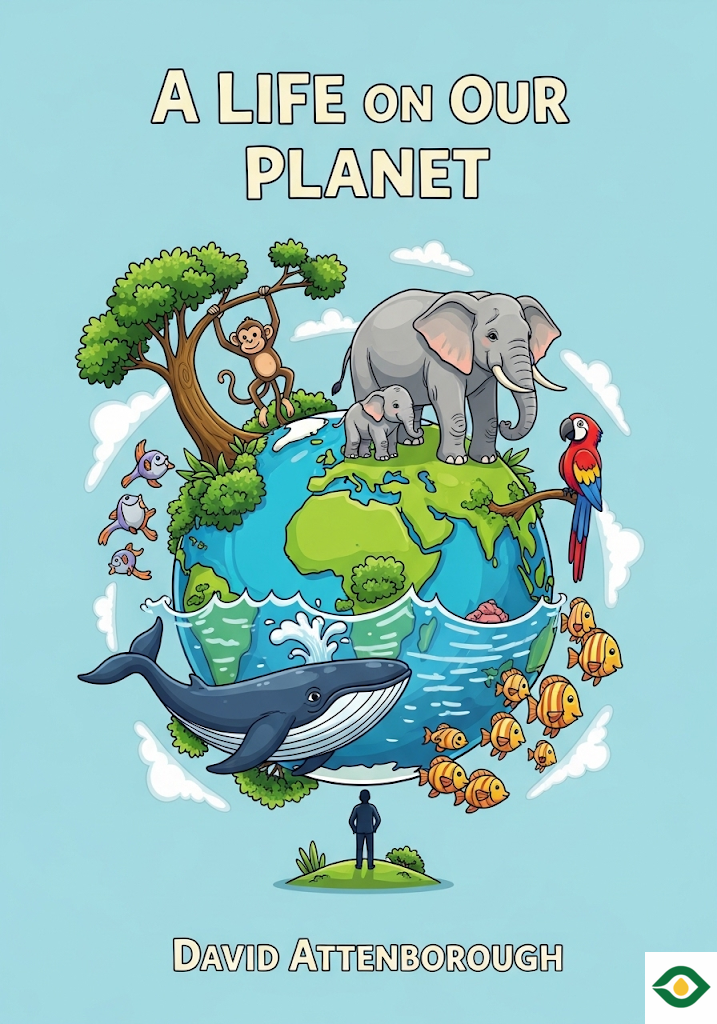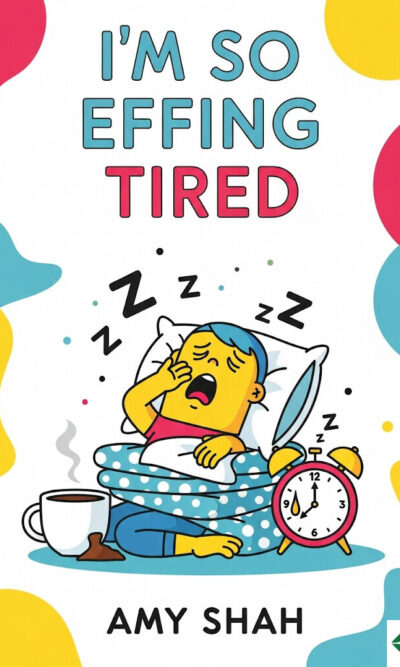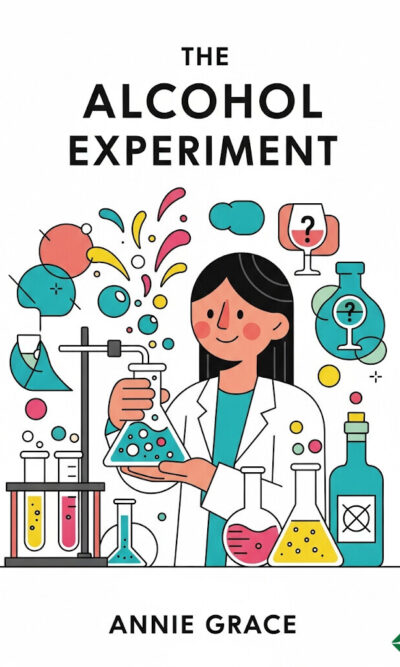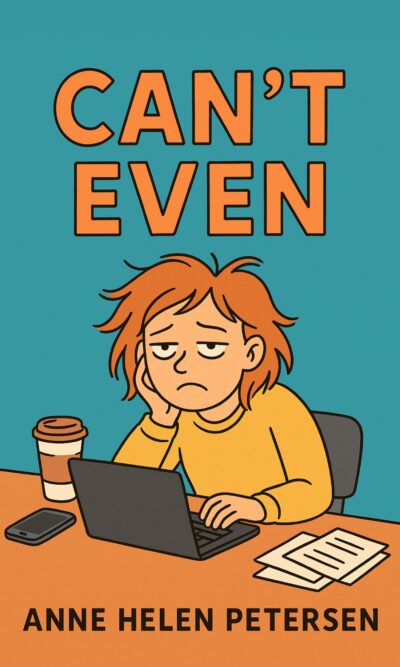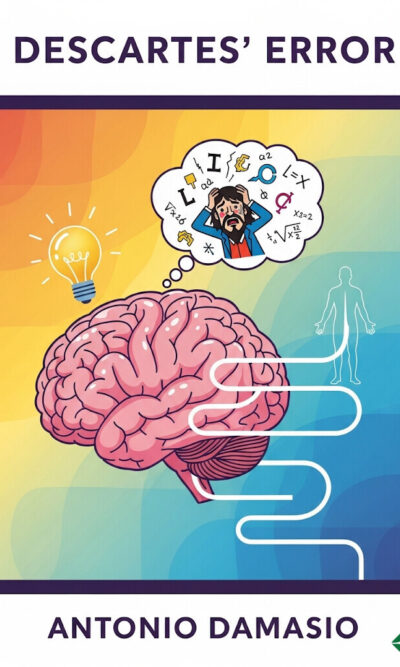Description
David Attenborough has spent nearly a century exploring the wonders of our world. His book A Life on Our Planet is both a witness statement and a call to action. It tells the story of how our relationship with nature has shifted from harmony to destruction, and how, if we act now, we still have the power to reverse the damage.
He begins with a powerful memory: the Chernobyl disaster in 1986. A reactor exploded, sending radioactive clouds across Europe. The accident was one of the greatest man-made environmental catastrophes. Yet, as Attenborough reminds us, the ongoing destruction of the natural world is even more serious, though slower and often invisible. Unlike Chernobyl, the collapse of biodiversity is not limited to one place or one moment—it is happening everywhere, all the time.
As a boy, Attenborough loved fossils. He collected ammonites and marveled at creatures long gone. That fascination grew into a lifelong career traveling the world to film animals and ecosystems. He saw the richness of life on Earth but also the signs of decline. While earlier generations didn’t understand the full impact of their choices, today we do—and this means we also carry the responsibility to act.
The story of human progress is tied to the stability of nature. Ten thousand years ago, people in the Middle East began farming. This allowed societies to grow, trade, and build civilizations. But everything depended on a stable climate and healthy ecosystems. For centuries, nature provided that stability. Now, for the first time, humans are undermining the very foundations of life that we depend on.
Attenborough recalls encounters that shaped his thinking. In the 1970s, he filmed gorillas in Rwanda. He was moved when a mother and her babies played near him, but he also learned their population was collapsing because of deforestation and poaching. In the oceans, he documented how industrial whaling had pushed blue whales—Earth’s largest animals—close to extinction. In the rainforests, he saw vast areas cleared for palm oil plantations. In the polar regions, he witnessed the melting of ice and the consequences of a warming world.
By the 1980s and 1990s, it was clear to him that humanity was driving mass extinction. Forests were shrinking, reefs were bleaching, and wild species were disappearing at record speed. He realized that what he had grown up admiring—a planet rich with life—was vanishing within a single lifetime.
The picture he paints of the future is stark. If we do nothing, the decades ahead will bring disaster. In the 2030s, the Amazon rainforest could collapse from deforestation, unleashing floods and fires across South America. In the Arctic, ice-free summers will speed up global warming. By the 2050s, coral reefs may be gone, oceans acidic, and fisheries collapsing. By the end of the century, billions of people could face unbearable heat, food shortages, and rising seas.
But the book is not just a warning—it is also a vision of hope. Attenborough emphasizes that we still have a small window of time to change course. The solutions are already known. We must take them seriously and act quickly.
One priority is stabilizing human population growth. When countries develop—especially when women are educated and empowered—birth rates naturally decline. By improving education, healthcare, and equality worldwide, humanity can reach a population peak sooner and at a lower level, easing pressure on resources.
Another vital step is protecting biodiversity. We must rewild the Earth—restore forests, wetlands, oceans, and grasslands. Protecting natural spaces allows wildlife to return, ecosystems to heal, and carbon to be absorbed from the atmosphere. Attenborough shares inspiring examples, such as Cabo Pulmo in Mexico, where fishing bans allowed marine life to return in abundance.
Equally important is transforming our energy system. Fossil fuels have powered human progress, but they now threaten our future. Switching to renewable energy—wind, solar, water, and geothermal—will cut emissions and create a cleaner world. Some countries already run almost entirely on clean energy. Expanding this shift is possible if governments and businesses choose to prioritize it.
Agriculture also needs change. Our current food system consumes enormous land and water resources, especially livestock farming. Reducing meat consumption, protecting soils, and shifting to sustainable farming methods will be critical. Attenborough highlights that meat and dairy take up 80 percent of farmland but feed only a small fraction of the global population. Eating more plant-based foods can free land for rewilding and restore ecosystems.
Underlying all these actions is a shift in values. For too long, we have measured success in economic growth and consumption. But the true measure of wealth is the health of the planet that sustains us. Protecting ecosystems, valuing biodiversity, and living within nature’s limits are not sacrifices—they are investments in our survival.
Attenborough writes with urgency but also with deep faith in humanity’s potential. He has seen people care, adapt, and fight for change. He recalls how the discovery of whale songs helped spark global anti-whaling laws. He notes how many communities have turned degraded land back into thriving habitats. These examples prove that recovery is possible if we commit.
At 94 years old, Attenborough has witnessed the greatest changes to the natural world in history. He has seen abundance turn to decline, balance to instability. But his message is clear: it is not too late. The future is still in our hands. By choosing a path of rewilding, clean energy, fairer societies, and respect for the natural world, we can restore harmony and secure a safe home for generations to come.
In the end, A Life on Our Planet is both a warning and a message of hope. It tells us what we stand to lose if we remain on our current path, but it also shows what we can still save if we act with courage and urgency. The fate of life on Earth, Attenborough reminds us, is still a story being written—and it is up to us to decide how it ends.

